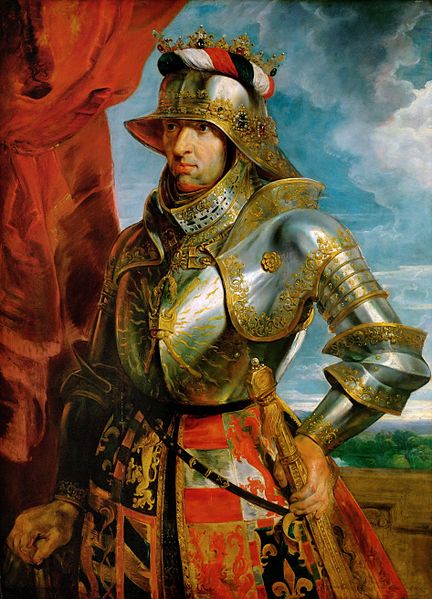 Batavia in Bavaria. Dutch and Flemish art and artists in southern Germany
Batavia in Bavaria. Dutch and Flemish art and artists in southern Germany
Call for Papers & Workshops
When talking about transnational inspirations for arts and culture in southern Germany, Italy is often named as the first reference. For many centuries, however, there have been various connections with the Netherlands and Flanders, which equally effected the arts and sciences south of the line of the Main river.
In the Middle Ages, dynastic contacts especially furthered the exchange. Between 1353 and 1429 the duchy of Straubing-Holland created a direct political link between the house of Wittelsbach and the Netherlands, which benefitted the mobility of artists and artisans between the two remote territories. With the so-called double marriage of Cambrai (1385) the Bavarian duke Albrecht I. forged an alliance with the duchy of Burgundy, of which several show-pieces in the Munich Residence Treasury give material evidence; such as for instance the portrait medallion of Philip the Good of Burgundy, who in 1454 was a guest of the Bavarian dukes.
The period around 1600 can be seen as the culmination of the influential Netherlandish presence, as numerous artists of Dutch and Flemish origins were working at courts and in cities in southern Germany, contributing to their cultural height. The talent of those painters, etchers, architects, and sculptors, like Friedrich Sustris, Peter Candid, Johann Sadeler, Hubert Gerhard, Adriaen de Vries, and famous musicians, such as Orlando di Lasso, were able to blossom under the patronage of house Wittelsbach and the Fugger family. The 2005 exhibition « In Europa zu Hause – Niederländer in München um 1600 » by the Staatliche Graphische Sammlungen München has already shed light on this phenomenon. At the same time, ardent scholarly contacts were developed between the intellectual centers of Ulm and Leiden, especially in the fields of mathematics.
The continuing interest for Dutch and Flemish art is also reflected in the art collections of southern Germany. Already in 1616 the Bavarian duke Maximilian I. had ordered paintings by Peter Paul Rubens. By the end of the 17th century, Wittelsbach prince elector Max Emmanuel utilised his position as the stadtholder of the Spanish Netherlands (1692-1706) in order to buy Dutch and Flemish artworks, amongst them 12 canvases by Rubens and Anthonis van Dyck. Another 32 pieces in the Rubens collection of the Alte Pinakothek illustrate a distinct interest in Dutch and Flemish paintings by count palatine Johann Wilhelm. In the long run, the excellent array of Dutch and Flemish artworks in Munich provided several artists of early Modernism with a continuous source of inspiration.
We are convinced that there are numerous other aspects of the artistic and cultural exchange between southern Germany, the Netherlands, and Flanders, which await discovery and more detailed study. The annual conference of the Arbeitskreis Niederländische Kunst- und Kulturgeschichte held in October 2017 will be bringing said aspects into focus, and into the scientific discussion.
Proposals for presentations and workshops can take up the afore mentioned examples, or might address following topics:
– mobility of artists and artworks between the Netherlands and southern Germany: role of the networks between patrons and artists
– orientation towards Dutch or Flemish versus Italian art in southern Germany
– the forming and reception of collections of Dutch and Flemish artwork in southern Germany: role of private, or institutional collectors
– history of scholarly reflection on the position, or reception in Dutch and Flemish art/artists in southern Germany
We are looking forward to receiving proposals for papers (ca. 20 min), as well as topics for workshops with regards to the Munich collections, which should be discussed in groups of 10-15 on site; scheduled length (of the workshops) is 90 min. Proposals submitted by junior researchers are especially appreciated.
Deadline: 30.04.2017
Please send a proposal for paper or workshop of max. 250 words in German or English to Prof. Dr. Stephan Hoppe (email@stephan-hoppe.de) and Prof. Dr. Aleksandra Lipinska (aleksandra.lipinska@kunstgeschichte.uni-muenchen.de)

Leave a Reply
You must be logged in to post a comment.